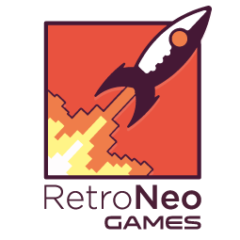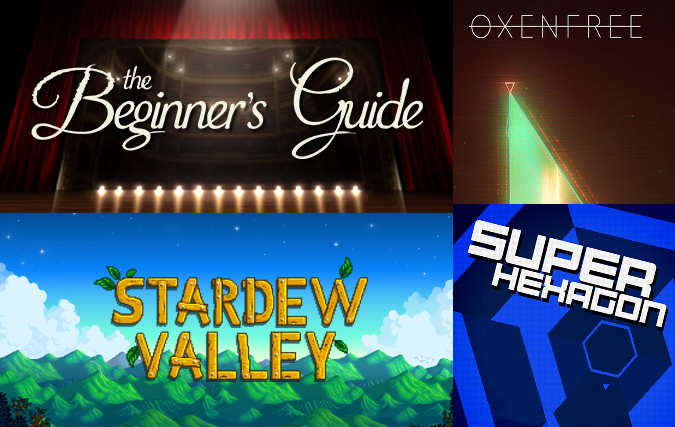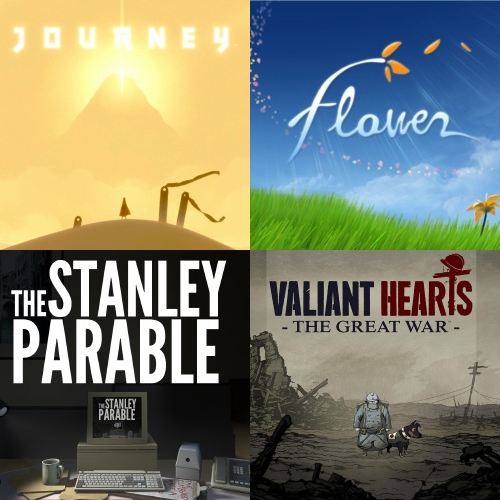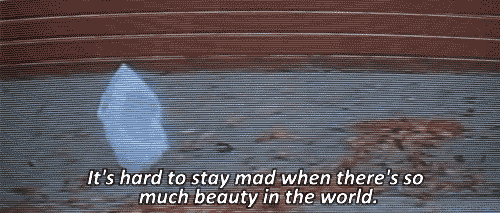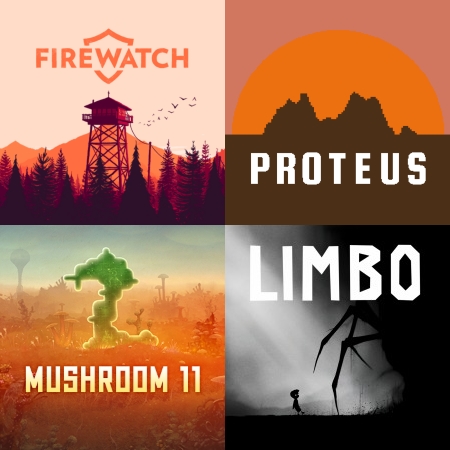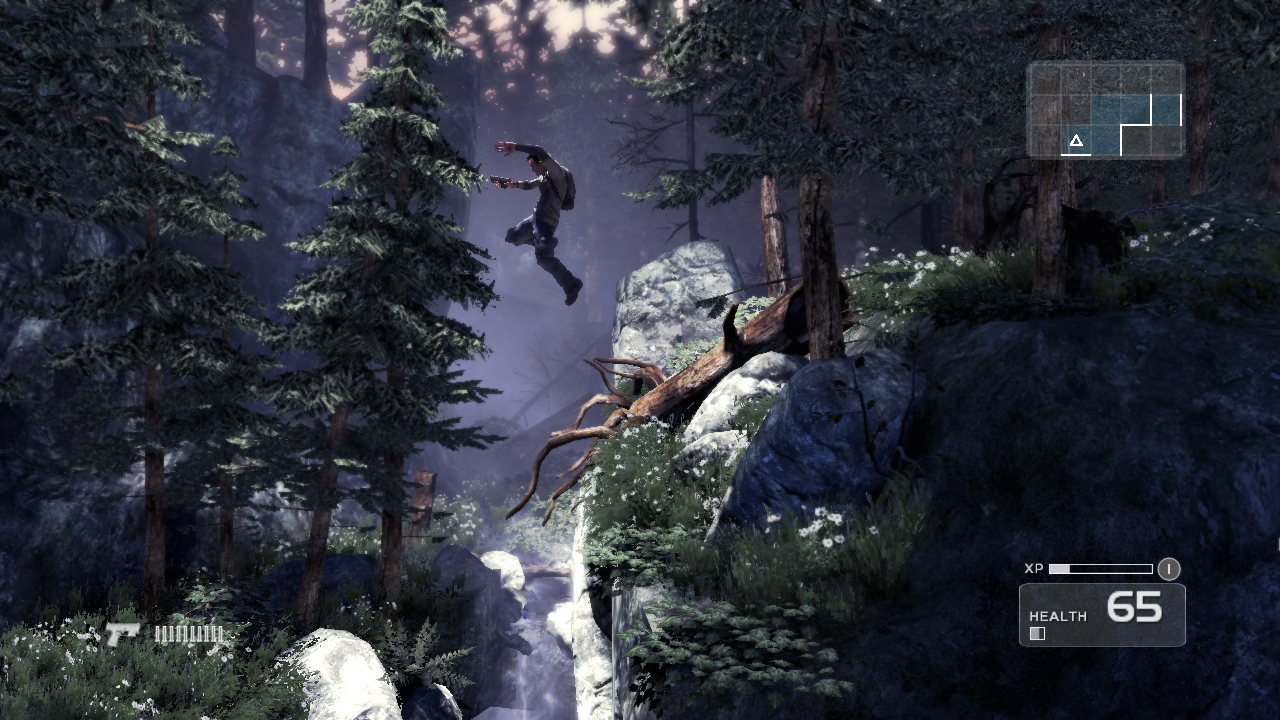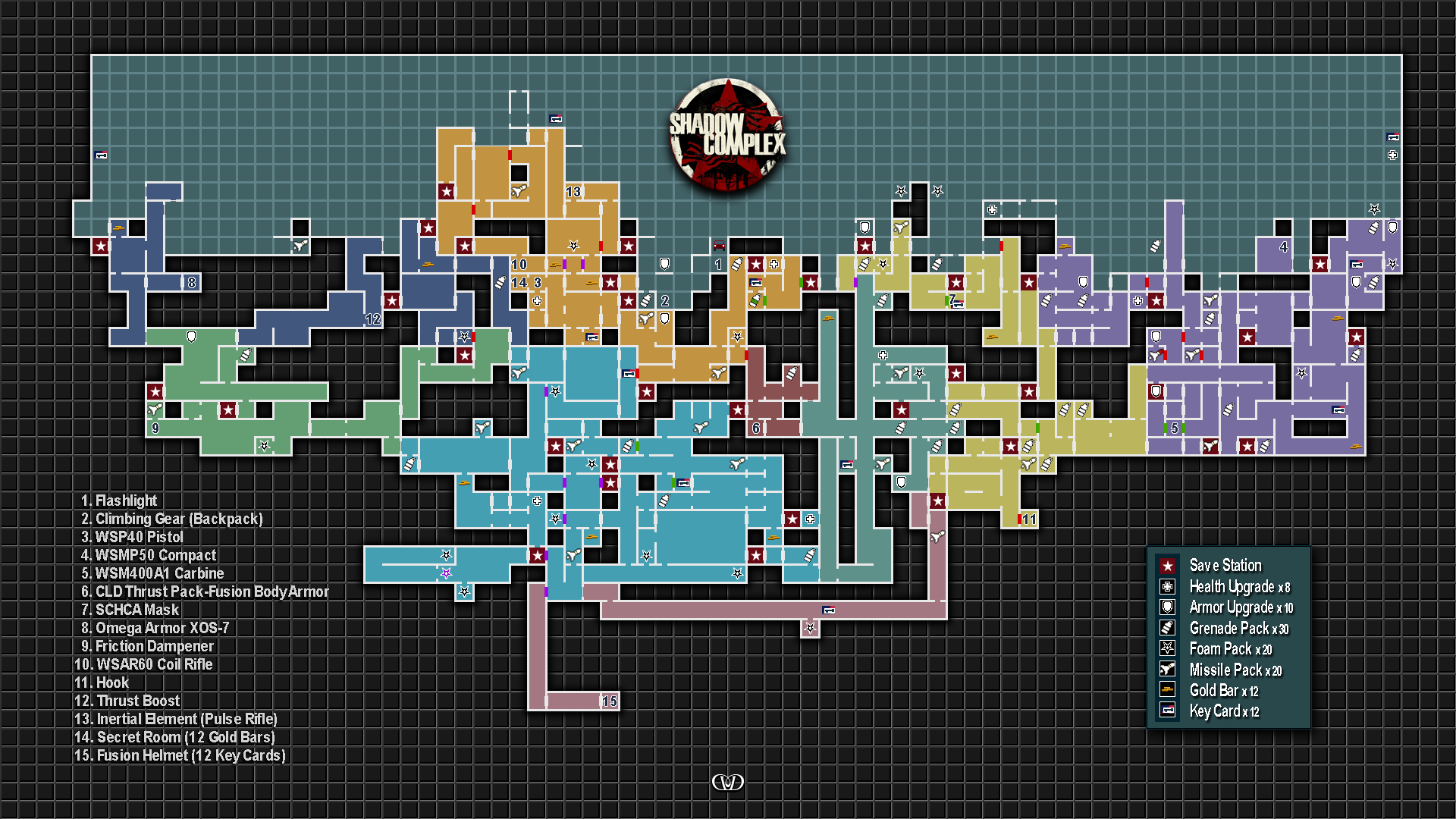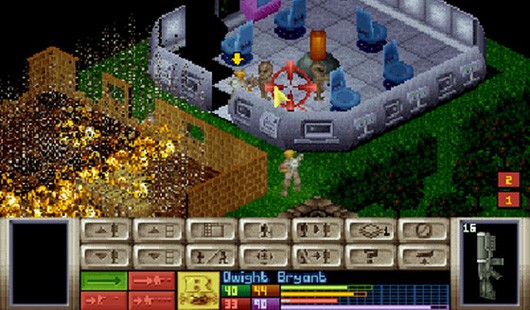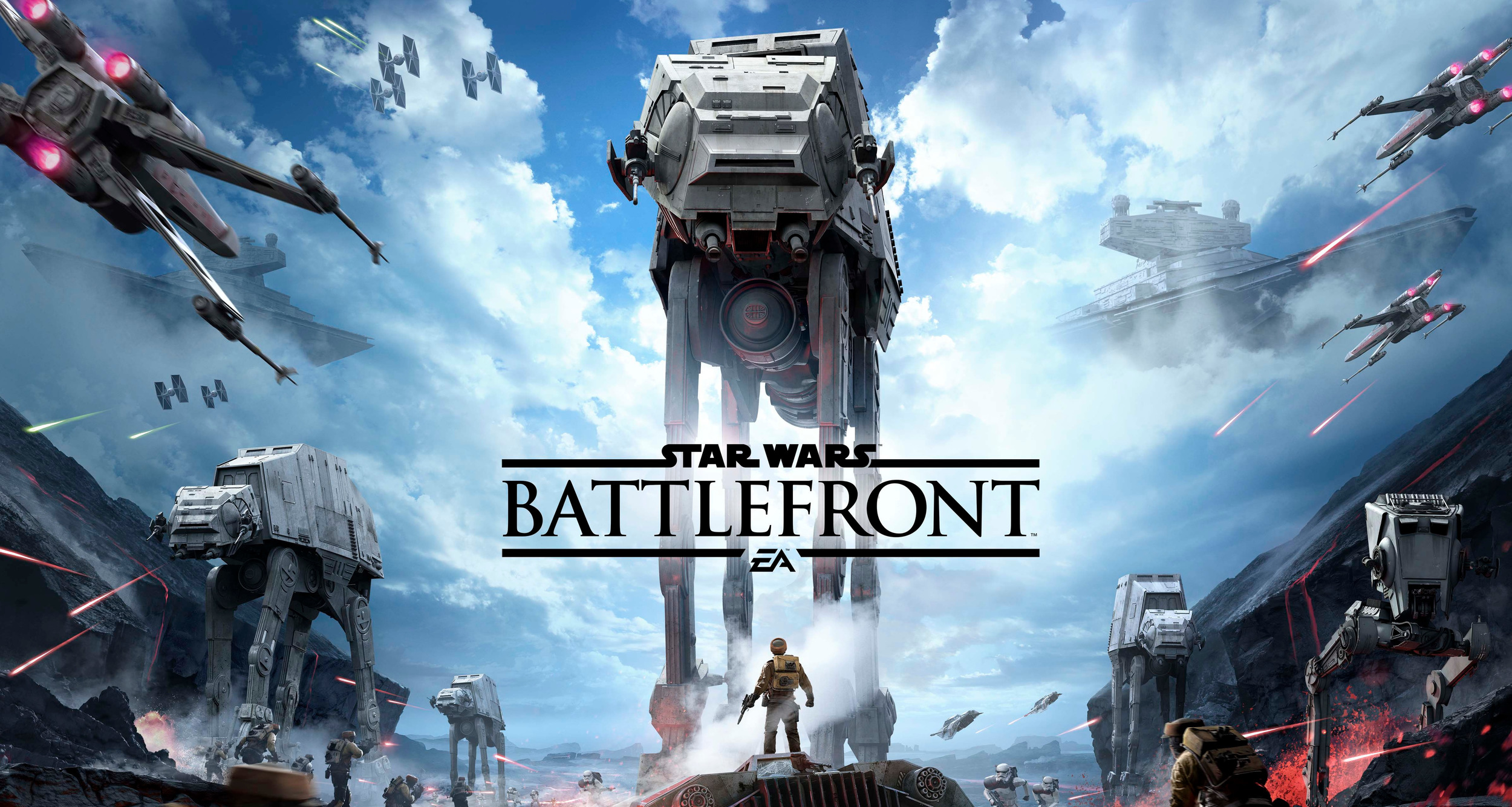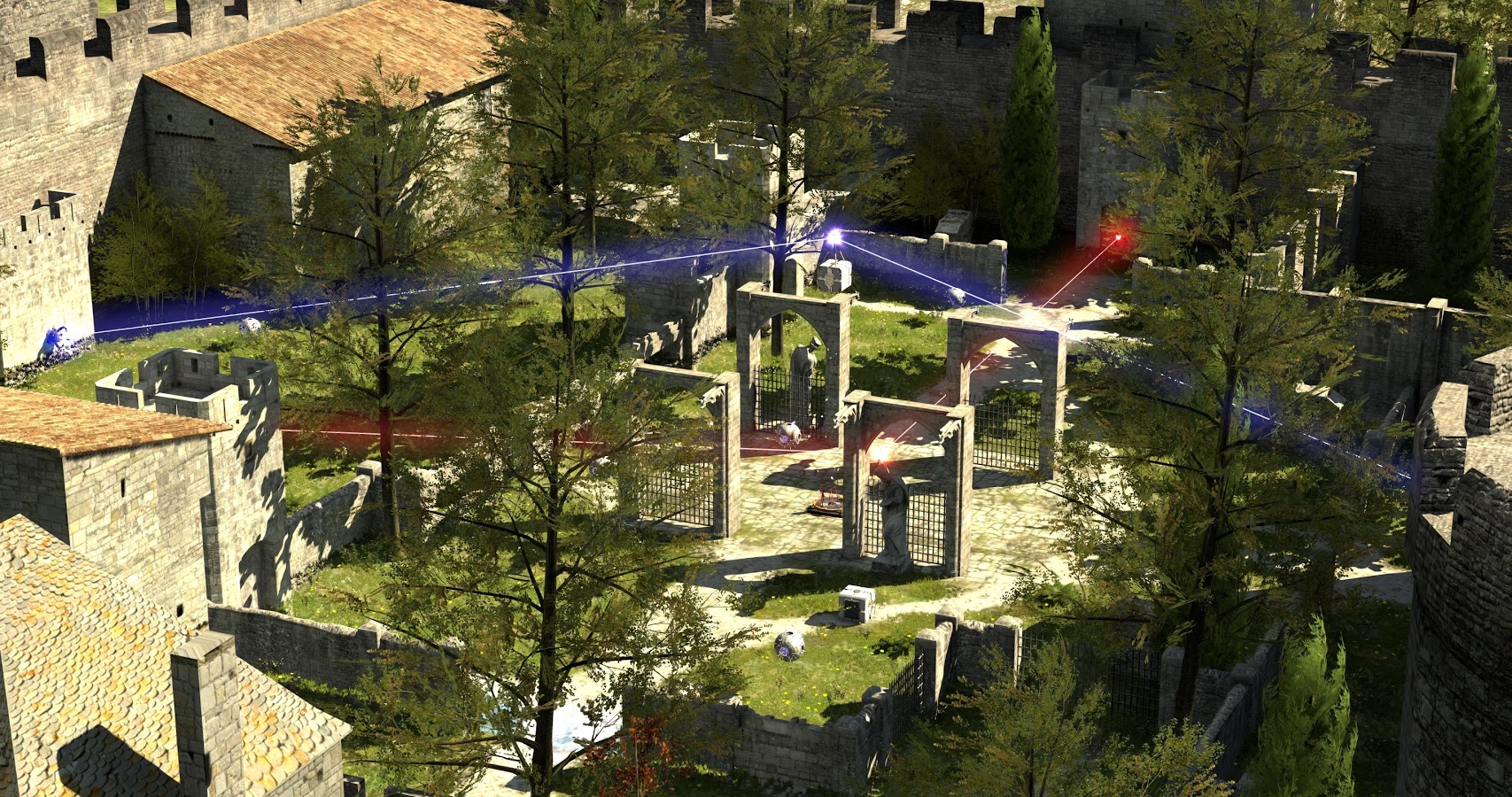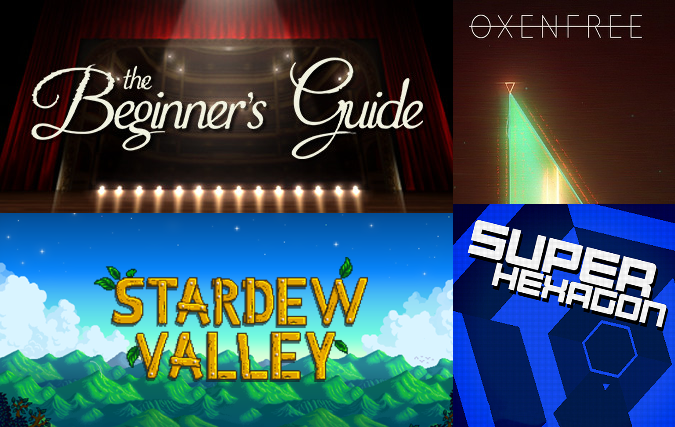
Hello again. Boy, this Player Too thing is really going well! At the end of the last episode (two months ago) I said that Claire had said she’d write a foreword to this episode, so you can hear directly from her that I haven’t had to chain her to a laptop to play these things (there were rumours… okay no, there weren’t). But anyway, here she is!..
No need to send help, I’m here of my own free will. I promise that Kev is not holding a Duck Hunt Gun to my head and making me write this. I’ll start by saying thanks to you guys for reading. I probably wouldn’t have been tricked into playing otherwise. In this episode we are looking at Oxenfree, Super Hexagon, Stardew Valley & The Beginner’s Guide. Yes, Super Hot was supposed to be on there too and we had Abzu all loaded up and ready to go but something really interesting happened.. I sorta fell in love with a game and I couldn’t be dragged away from it. Yep, I’m surprised too. I started out this experiment with an idea that I was too busy to give too much time to gaming. Granted, I’ve encountered a bunch of games that have defied my expectations but I have had no problem shutting down a game before its end if I felt I’d given it enough time.
But now we’ve found a game that I got hooked on. Don’t judge me, but I may have stayed up past my bedtime playing more than once for this one. I’ll leave Kev to fill you in on the details. Writing the blog is his “problem”, so to speak, but we do always talk about the games together before he writes, so I’m happy that he gets my opinions across fairly.
Thanks again everyone for reading, for the recommendations, and the encouragement. I’m having more and more fun as we go along, hopefully some of you have tried the games we recommend (maybe with a loved one?) and have had some fun too.
Ciao!
Okay, me again. See? She’s real!.. I probably should have done that in a video or something now that I think of it.. but anyway, let’s get started. I always try to make the blog shorter every month and it never works, so let’s get to it!
Super Hexagon
This crazy thing! This epilepsy-inducing impossibility of a mind-shatterer! There’s actually very little to it. You rotate left or right (that’s the sum total of the controls) to avoid the inwardly shrinking hexagonal walls, always trying to move just fast enough to find the gap and not lose time.
It’s a very ‘more-ish’ game. If you live longer than 5 seconds on your first try I’d be surprised. My own high score on easiest mode was only 16.17 seconds. Easiest is a relative term. The game’s easiest mode is labelled ‘hard’, with ‘harder’ and ‘hardest’ following that, and three further unlockable difficulties. Strangely (it must have been a fluke, because I couldn’t do it again) on my first try on ‘harder’ mode I got 23.12 seconds.
The game has a super (no pun intended) soundtrack by Chipzel, but every time you die the music stops until you restart the level. This I found quite annoying, as I was enjoying it, but not living long enough to hear the tracks uninterrupted. I have sought out the soundtrack separately though and am enjoying it.
Here’s the problem with the game though. There are basically no early wins. And after half an hour there are no later wins either. If you don’t have ‘it’ (extremely fast reflexes. Colour blindness might actually help too) you’re going nowhere with this game. There are no easy levels. It took me twenty minutes to get my 16 second high score, and I’ve never gotten there again.
The levels are always the same, so you can master them with time (in theory) but unlike similarly difficult but fair games (Devil Daggers comes to mind) you won’t get much of a feeling of improvement without serious commitment, and it’s hard to commit to a game with just two buttons and flashing lights when the most attractive aspect is a soundtrack that keeps muting every 5-15 seconds because you died.
The controls also felt overly sensitive to me. Most of my deaths came not from not seeing the gap on time, but from seeing it, rotating 180 degrees towards it, and then overshooting and smashing into the far side of the gap. I tried keyboard buttons and controller stick and shoulder buttons. Nothing felt good to me.
There’s not a lot else to discuss. Claire pretty much said all those same things, but had even lower scores than me, and just didn’t enjoy it. It’s overly frustrating.
In its defence, it’s not really a game you sit down to, and we bought from Steam. It’s more suited to having a few goes on your mobile on the bus. And I’m not sure how well touch screen controls are tuned. We didn’t play there.
Also in its defence, I’ve enjoyed it each time I played. I always want “one more try”, especially when you die just short of your high score, but the frustration does set in quickly, so it depends on what kind of gamer you are, this one.
If you’re an Irish reader, it might be worth saying to you that both the game’s developer (Terry Cavanagh) and the composer (Chipzel) are Irish. So you know, do support, and all that 🙂
Player Too Result
Swing and a miss! I didn’t expect success here actually, but Claire had enjoyed those quick-restart, one-more-go kind of games before (Race the Sun, and to a lesser extent Super Meat Boy), but those games did have easier first stages to give you a taste of victory. Super Hexagon just kicks you off every 5 seconds and it’s hard to get any better at it.
I do recommend trying it on your mobile, or especially in the current sales, but don’t pick it up expecting to beat it for the achievements or anything.
The Beginner’s Guide
So, next we continued with the first-person branch of our Player Too campaign. Last time we played The Stanley Parable and said this would be the next one; a logical progression since this was developer Davey Wreden’s follow up game after Stanley.
I won’t say much because it’s only short and, like Stanley, it’s an oddity. I talked about the “it’s not a game” thing before (I am planning to do a proper blog on it some day) but I think it’s very fair to say about this one, no matter what your view on that label. Because this is literally a collection of older, discarded game ideas, thrown together as an exhibition. “Walking simulator” fits, and I don’t mean it as an insult. If you’re a regular reader you know that I never do. I think we should just own that term and enjoy the great games of that new genre.
The Beginner’s Guide is unlike anything you’ve likely ever played, and that alone makes it worth a look. It’s short (about 90 mins) and you don’t have an objective other than to be led through the game by the narrator. You can’t die. You’re just following a story.
It occupies a space somewhere between ‘based on a true story’ and ‘biography’. Like Stanley, “to say too much would be to spoil it”. Unlike Stanley, though, this isn’t a comedy game, but it’s very engaging and interesting. Curiosity and novelty definitely pull you along. The trailer tells as much as I’m really willing to give away here, other than to say that the game is about sequentially exploring all of those games in the folder, made by a person referred to as ‘Coda’. Viewing their work as snapshots of the person in time is a very interesting way to be told a story, and you’re accompanied the whole time by Davey Wreden’s audio narration.
You may replay it once (worth doing, take it from me) but if not you’ll appreciate the 90 minutes the first time anyway. I recommend it as long as you’re happy with what you spend for a 90 minute experience. The price of a cinema ticket definitely seems fair.
Player Too Result
Claire enjoyed this, as did I. It’s quite an interesting way to tell a story. Certainly unique. The true elements definitely increased our interest in it, and I found myself scanning forums and Wikipedia after finishing to learn more.
We’ve already learned from earlier Player Too episodes that Claire appreciates that games can be more ‘interactive experiences’ or works of art than just “pew pew” wastes of time. She likes her walking simulators like Gone Home and Firewatch so this was a predictable success.
The aspect I cared more about was training her first person movement skills, because I’d love to enjoy games like Minecraft or Portal in co-op with her, but she’s not used to moving around with WASD and mouse. Walking simulators are helping there. I’ve noticed that she doesn’t really lose the fingering or have to look down at the keyboard anymore, and while she doesn’t really strafe/look around corners, she does now use A and D a little. You’ll notice if you watch someone using WASD and mouse for the first time that they’ll pretty much only use W and if they need to strafe around an object, they’ll awkwardly turn to face the direction, press W, and then re-orient, instead of using all the commands available.
First person movement is second nature to me, and nearly all PC gamers, I’m sure. But when you try to share certain games with someone who’s new to that movement style, it’s a major hurdle. The numerous walking sims we’ve played on Player Too definitely seem to be good low-difficulty training wheels (and good games to boot) towards slightly more challenging experiences that we could hopefully play together.
Whether Claire will enjoy those games when we get to them is another story, but I’m happy to report that she’s enjoying the journey, at least.
Oxenfree
Oxenfree is some combination of an adventure, 2D, puzzle, mystery game. You can tell from the trailer that there’s a distinctive and appealing visual aesthetic going on here. That’s the first thing that’s easy to appreciate. The second thing you’ll likely appreciate, only minutes into the game, is how well written and performed the dialogue is between characters.
Okay, I’m not, and never have been, an American teenager, but the way these teens speak to each other seems very natural, and authentic. There’s no dialogue that stands out as wooden, and no cracks in the performance.
The game centres around a bunch of teens who sneak onto an island to go drinking overnight (it’s an annual event / rite of passage of sorts) and then spooky goings on occur.
It’s not exactly a horror game, but it’s close. In tone it feels a lot like Super 8 or Stranger Things.
You control Alex, and interact with the world and other characters entirely from her point of view. Your main control over the game comes from dialogue choices, and a couple of “where do we go now? A or B?” choices. A criticism I have of the dialogue is that you don’t usually have much time to choose your responses, and most of the time you actually interrupt if someone else is speaking as soon as you’ve made your choice. If the other character finishes speaking, your options usually disappear about 1 second later and the other character comes back with a response tailored to your silence, which can be things that result in the character liking you less or whatever.
Basically, I didn’t find using the dialogue to be a smooth experience. I found it stressful to have characters interrupting each other and losing parts of conversation or losing dialogue threads. The constant interrupting and bitching may be a realistic way to represent teens talking to each other (read with a sense of humour), but I didn’t like how it worked in the game. Claire didn’t care much for it either, but despite the mechanic being clunky, we both still thought dialogue was something to put in the ‘Pro’ column for this game.
You walk around the island manually, with the control stick or arrow keys. It’s presented as something of an open world, but progression is fairly linear. Whatsmore, you walk every step of the way yourself with almost nothing to do (maybe a puzzle the first time you go, but nothing when you’re backtracking) along the way. Sometimes the time is filled by a conversation with a companion, but often they remain silent (you nearly always have at least one friend by your side during the game, especially on long treks) for long and boring sections of the game while you travel from A to B. This can be extra frustrating when they’ve just talked the ear off you moments before setting off, when they could have saved up that spiel for the long road ahead.
The game is about 5 hours long. Claire played it to completion with interest, and she enjoyed it, but without loving it. She was just engaged enough to keep going. There is a mystery to the story that tempts you along.
Personally, about 90 minutes in, I was frustrated with the dialogue mechanic. I’m also not really that interested in supernatural or ghost stories generally, so I didn’t care about the story as much. Because there wasn’t much input required of the player, I stopped playing and let a YouTuber finish out the game for me on the 2nd monitor while I did some work.
The main, and arguably only, non-dialogue mechanic is tuning your radio to the correct frequency to tap into the mysterious energies and spirits that are haunting the island. But the frequency doesn’t move. There’s no skill required to finding the frequency. It’s a nice mechanic, kind of, in that it’s a bit of fun and requires some input, but it’s pretty shallow at the same time.

You can have an effect on the game world, though. There are multiple endings, or at least combinations of character outcomes. Does this person survive? Do A and B get together? There are a few things you can affect, at least.
Player Too Result
For me, I played it because I’d heard so many great things about it, but that also makes me (and most people I’m guessing) quicker to play devil’s advocate against all the positivity and try to find the faults that nobody is talking about (or is that just me?..). I found enough game design faults to critique that I wasn’t as impressed as others appear to be. I didn’t dislike it, mind you. But it’s not for me. That’s okay.
Because I’m such a nice guy, I think I usually recommend nearly every game on Player Too, even if I phrase it with a caveat (“I recommend this game IF..”) so in the interests of balancing the scales a bit I’m going to say that I recommend giving this one a miss unless you’re really into your supernatural mysteries or you’re really looking for a good example of well-written and performed dialogue in a game.
Claire played the game first and actually had all the same critiques and praises that I had, but she just found it interesting enough to continue with. It might be that I had about a dozen games sitting on my desktop ready to play that I chose to move on when she didn’t.
This is a ‘casual’ game I guess. Its gameplay is laid back, but its tone is tense. It might be for you, but if you identify as a ‘hardcore gamer’ then I suspect it’s not. Do decide for yourself. The game has plenty of positive reviews to counterbalance my opinion.
As for a Player Too result, as a genre, as a direction, Oxenfree was just ‘fine’. Engaging story (if it’s your genre. Claire liked Twilight Zone etc more than I ever did) and good dialogue usually sit well with Claire, particularly when paired with a very pleasing art style and low difficulty. She appreciates games like this, but they’re nothing to write home about for her.
That’s in contrast to this next game, which Claire gushed about when we recently spent time with her mom and sister.
Stardew Valley
Released in February this year, Stardew Valley is possibly this year’s biggest indie success story. Certainly one of them (it’s been a good year for indie games.. and for quality AAA games – though not for sales of the latter). It dominated the start of the year anyway, with half my Steam friends constantly “playing Stardew Valley” and even this glowing piece (not a review, more like a special interest piece) from GameSpot piqued my interest. I’d have picked it up then but the reported 70 hour game length put me off. Not that you have to take that long with it, but I didn’t want to risk getting hooked on it while there was work to be done (Xcom 2 alone tanked 2 weeks of productivity for me). Stardew recently won a Golden Joystick Award for ‘Breakthrough’, so you know it’s good.
The 70 hour length is amazing when you learn that this is a game made by just one person over four years! It’s an homage to Harvest Moon. A harvest simulator-cum-fantasy RPG. Its SNES-era pixel art is very pleasing, especially as the seasons begin to change.
This blog post is getting very long in the tooth so if you somehow don’t know much about Stardew Valley then do check out GameSpot’s 5 minute video that I mentioned above. I’ll move on.
Player Too Result
Personally, I’ve only spent about 4 hours on the game yet, which is barely scratching the surface, but I liked what I saw and if the week were 70 hours longer I’d soon finish this game (and Witcher 3, AND Fallout 4, AND two dozen others). I knew about the game but hadn’t played it. In real life, this year Claire has gotten into planting trees and started a campaign for a #plasticFreeBray, to ban single use plastics from our town. She’s already planted 62 trees by herself! So as Winter rolled around and the days got shorter and the ground got harder, she was planting less and I thought it might be a good time to try this game out on her.
At first, she had a few frustrations with the controls and inventory management (and I agree that there’s a few niggling inconveniences in the inventory/shopping design) and an early game crash when my Steam account booted her off playing my copy of Stardew on her laptop (FYI you can share games with a few people via the ‘family’ option, but only one person can play (any game – if connected to the internet, at least) at a time) she lost (skipped, actually) a couple of days near the start of the game, overshooting an in-game event (Spring fair) that she was preparing for. Annoying.
Thankfully, this didn’t put her off the game and now she’s planting trees, spelunking caves, loving her dog ‘Floof’ and chicken ‘Toto’, winning farmers’ produce competitions, making mayonnaise, keeping bees, getting to know the townspeople, and generally loving the game.

The sheer amount of mechanics, art assets, characters, options, locations, and dialogue is staggering, again, especially considering it was made by one person. The game is a gem!
When Player Too started I usually had to negotiate out an hour or two to try a game together. Now with Stardew Valley it’s the first thing she wants to do when she gets home, and she’ll play until well after her bed time. Some nights. She’s already about one game-year (or 20-30 hours, estimated) in.
No other game has had this effect on Claire. Ever. And this game does include the frustration of ‘death’ in the caves with a respawn causing a loss of equipment and currency. This was a deterring feature of other games, but it’s not having a negative effect here.
I think it’s safe to say that we’ve found “her” game. She’s loving it! I’ve even heard her whistling to her in-game dog and celebrating the upgrade to iron tools. She’s even now had instances of “game brain” (you know what I mean) where in the real world she was thinking of picking up 100 plastic bottles on her walks through the woods. I asked “can you carry 100 plastic bottles?” and she realised she was thinking about having this gigantic inventory that real people can’t have (we’re going with 25 in a bag instead).
Apparently the game does ‘end’ after two in-game years (edit – I’ve also heard now that it’s three years). That is to say, it has some sort of resolution of your story and ending-style event, but, like many open world games, you’re free to continue playing and exploring afterwards.
At her current trajectory, I’m sure Claire will finish the game, but I wouldn’t be sure when she’ll finish with it. With most unending games, like myself with Minecrat, there comes a time when you just decide to stop, and that’s it. You might revisit once or twice, but you’re done really. For me with Minecraft it was after spending 3 full real days building a giant pyramid (in survival mode) that nobody would ever see. When I was done with that I was like “okay no more. This has to stop”. She does say she wants to 100% the achievements though, so that’s pretty awesome.
Claire’s initial objections to her gaming at all were basically that she didn’t have the skills to play them (which we’ve gotten around quite easily), and that she was worried she might get hooked on something and that it would be a real time suck. That’s basically now happened, but what else would you be doing in Winter anyway? It’s a debate for another time (the whole compulsive game addiction thing) but suffice it to say that spending a few hours a day enjoying a hobby is not something that’s detrimental to anyone’s life, in my opinion. It’s not all she does (it’s only been about two weeks anyway), and this game does have an ending point and limited content. Proper game addiction is really the domain of online round-based games or MMOs, if you ask me. It’s just always good to be aware of, I guess.
My one regret with Stardew Valley is that I can’t play it with her. It’s single player only. We play in the same room, and I might be playing that or something else at the same time, but it’s not the same as building a farm or castle together, as you can do in Minecraft.
On one hand I wonder would she like Minecraft. It’s first person, but not too hard (survival mode, I mean), and has farming elements, and creative expression is at that game’s very core. Then on the other hand I’m wondering will she ever stop playing Stardew Valley, or want to play another game after that when she does.
This may even be the end of Player Too as a project. I’d still like to get to where we play co-op games together, but we are now sharing our gaming time in the same room together and having good chats about what we’re liking in the games, so I’ve gotten a lot of what I wanted out of Player Too already.
Claire thinks she may never play another game again, but those of us more seasoned probably remember thinking the same thing about various games. For me I said it about GTA 3, Operation Flashpoint, and Planetside 2 before finally learning not to make outlandish statements like that. But we’ll see..
In short, we can’t recommend this game enough!
Next Time on Player Too
Let’s assume, despite what I just said, that Stardew Valley neither occupies the rest of Claire’s life, nor turns her away from gaming entirely because there’ll never be something better.
In that case, it’ll probably be a while, but we’ll have Abzu lined up to follow Journey’s success. We have Never Alone to follow the puzzle platformer trend (with a cute snow fox, because canines are really killing it for her), and in the first person genre we have Super Hot.
Edit: I started playing Never Alone and realised you can play co-op as the girl and the fox, so we’ll definitely be playing it together, not solo.
We normally play four games. Happy to take suggestions for the fourth. I’d personally like to try something in co-op for once because we haven’t yet. But a non-First Person Shooter co-op is harder to come by. Co-op games that I can think of are usually quite difficult, particularly for 2 players if it’s built for 4. Thinking about Clandestine or Lovers In A Dangerous Spacetime. Have any readers played those before, or something else you’d recommend?
In the event that we don’t play more games for a while, I’ve a few other ideas for series lined up, so I do hope you’ll keep reading and enjoying these monthly posts as they go up.
Actually, the new demo for Sons of Sol: Crow’s Nest (my game) has gone up on the site, so Claire said she’d play that (despite it being somewhat unbalanced as of yet and quite hard until you get a grip on the flight controls). Do please give it a go, though. I’d love the feedback.
Anyway. Thanks for reading! If you enjoyed, do please consider sharing in your social places.
Until next time..
